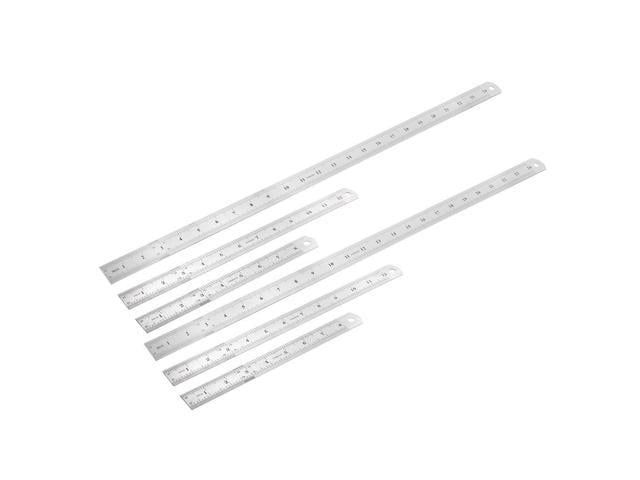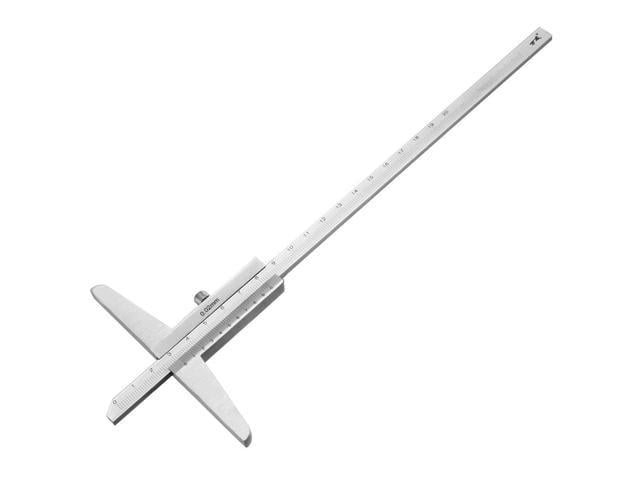Excerpt from Electric-Arc Welding of Steel: I. Properties of the Arc-Fused Metal
The application of arc welding In the Shipbuilding industry is one of the most important and extensive applications which has as yet been proposed for this method. During the year 1918, at the request of and with the cooperation of the Welding Research Subcommittee of the Emergency Fleet Corporation, an extensive program was outlined by the Bureau of Standards for the study of this type of Welding. The principal object of the research was to determine inan empirical way by actual welding tests carried out by Skilled operators the relative values and merits of the different types of electrodes or welding pencils which are available commercially Due to changed conditions, however, at the close of the year 1918 the original program was modified and Shortened very considerably. The results of the investigation here given. Relate principally to the nature and characteristic properties of the weld, and in particular those of the ‘fused - ln metal.
In drawing upgthe modified program it was decided to make the study of the characteristic properties of the fused in metal the primary object of the investigation, the study of the merits of the different types of electrodes being a secondary one. Since the metal of any weld produced by the electric arc fusion method is essentially a casting because there is no refinement possible as in some of the other methods, it is apparent that the efficiency of the weld is dependent upon the properties of this arc-fused metal. Hence a knowledge of its properties is of fundamental importance in the study of electric-arc welds.
Though the results obtained throughout the entire series of examinations are not so conclusive as might be desired, it is believed that they contribute very materially to our knowledge of the properties of the fused-in metal, which conditions the serviceability of the electric-arc weld.
About the Publisher
Forgotten Books publishes hundreds of thousands of rare and classic books. Find more at www.forgottenbooks.com
This book is a reproduction of an important historical work. Forgotten Books uses state-of-the-art technology to digitally reconstruct the work, preserving the original format whilst repairing imperfections present in the aged copy. In rare cases, an imperfection in the original, such as a blemish or missing page, may be replicated in our edition. We do, however, repair the vast majority of imperfections successfully; any imperfections that remain are intentionally left to preserve the state of such historical works.















